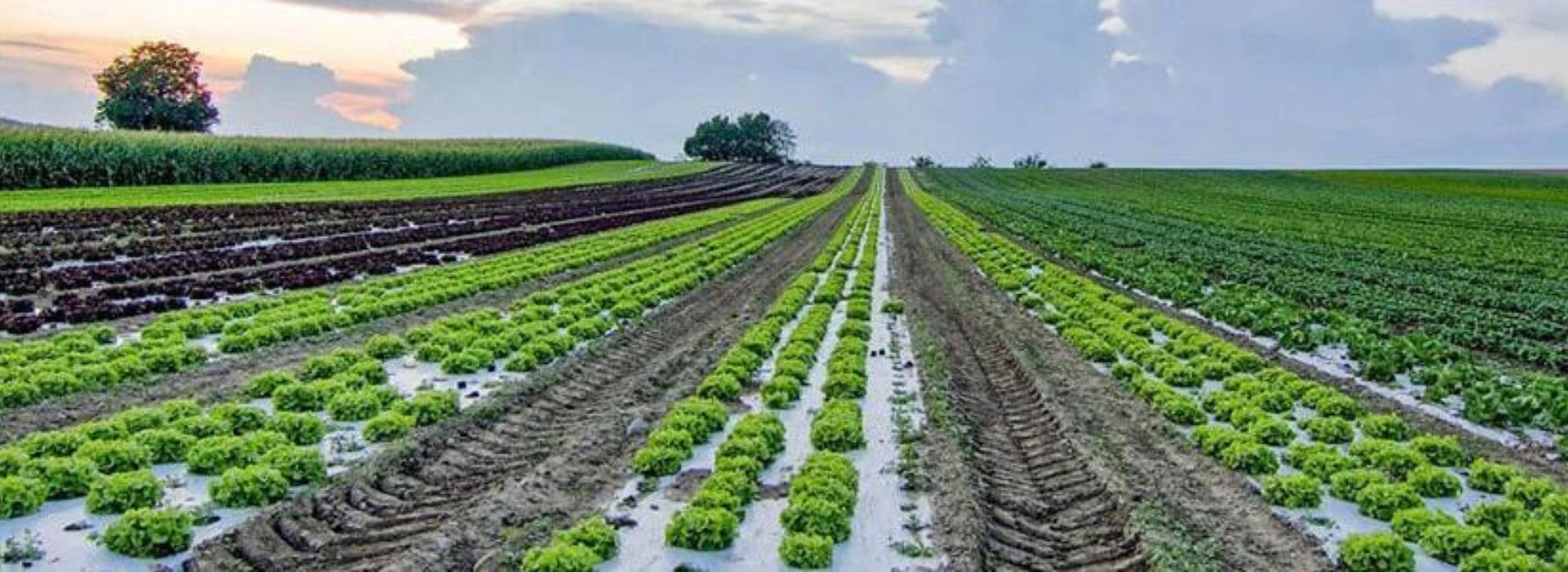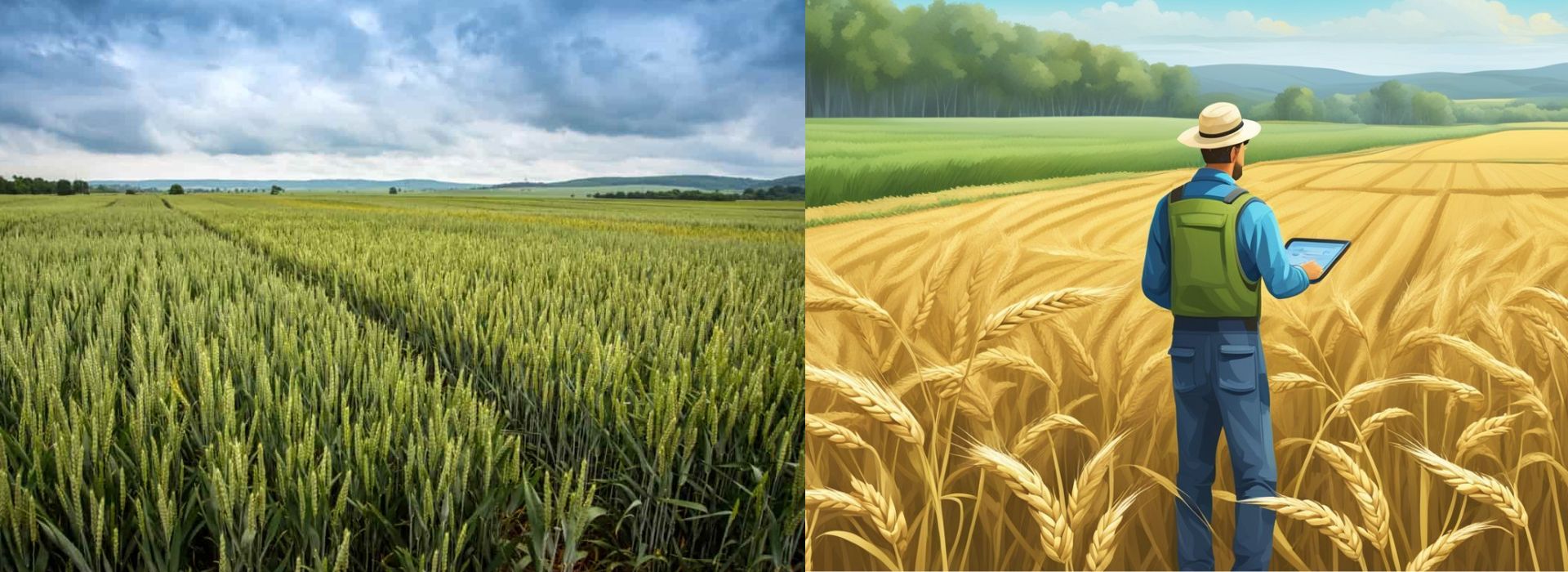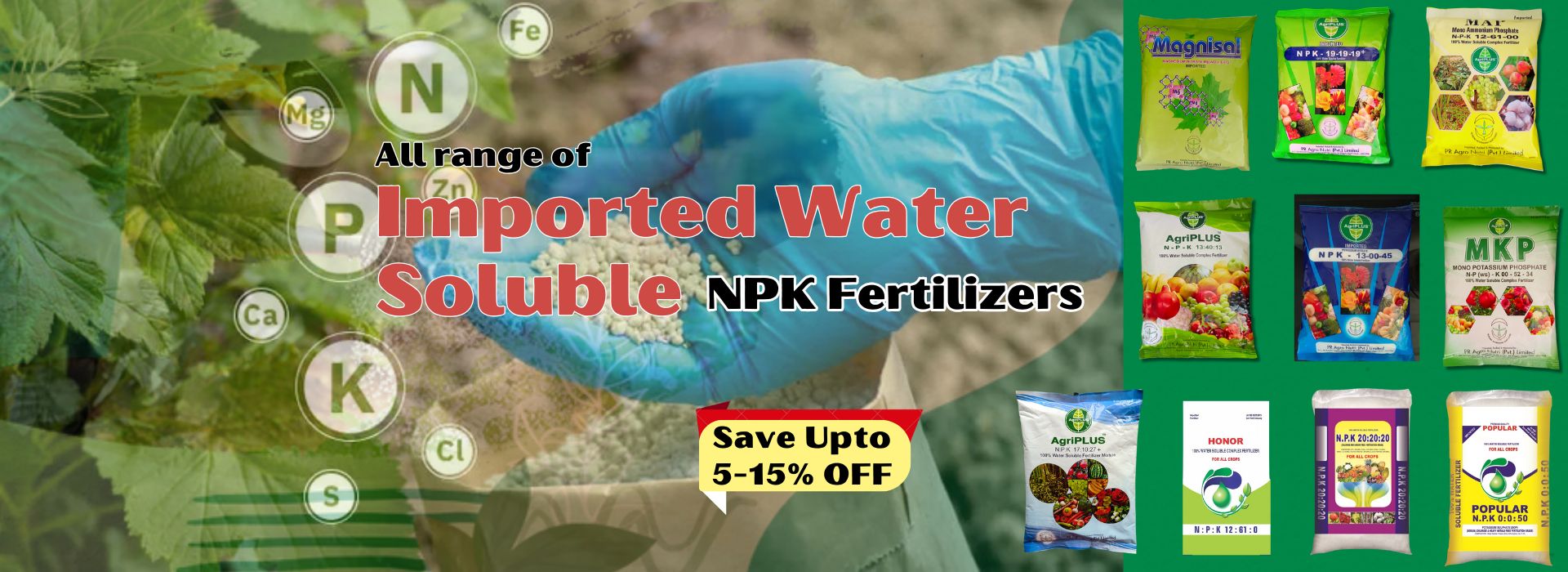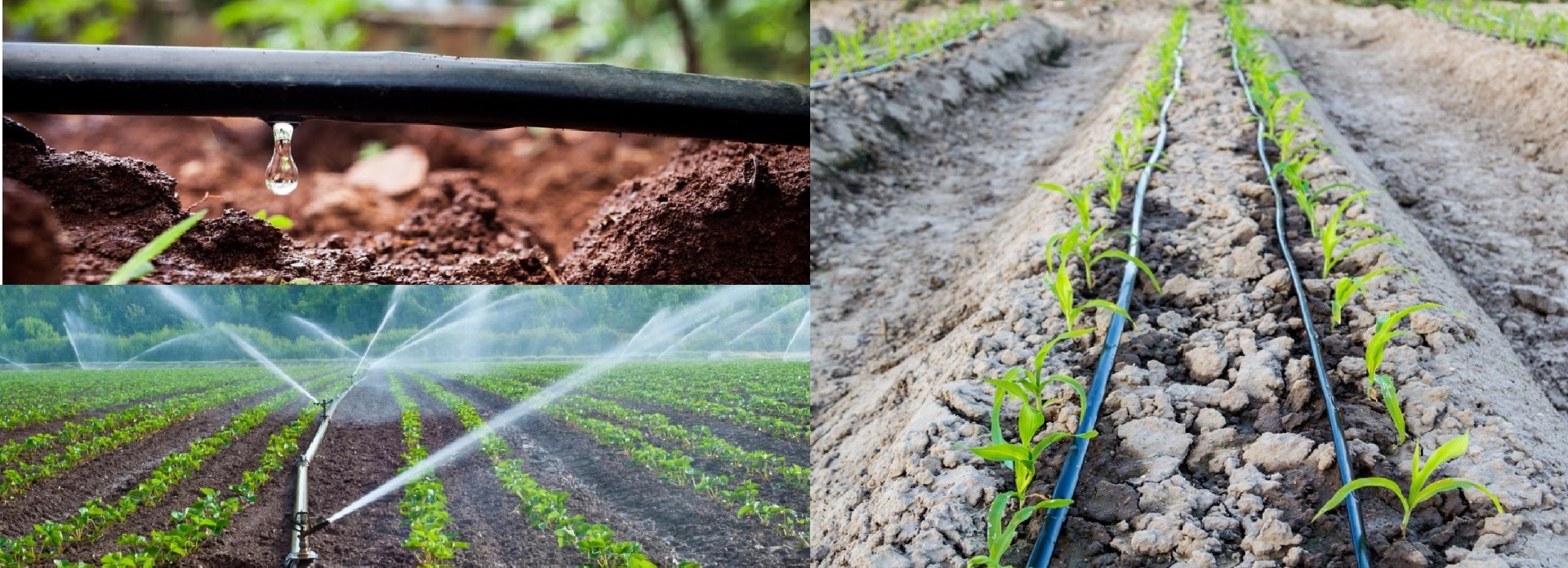The Ultimate Guide to Mulching Film Increase Your Garden's Productivity
March 15, 2024Are you tired of spending endless hours weeding your garden and battling with pests that seem to have a never-ending appetite for your plants? Look no further! Mulching film is here to revolutionize your gardening experience and boost your garden's productivity. In this ultimate guide, we will unravel the secrets of this genius gardening hack that has been keeping professional gardeners ahead of the game for years.
Mulching film acts as a protective barrier, preventing weeds from taking over and providing insulation to keep your soil warm and moist. Not only does it reduce the need for excessive watering, but it also helps to control soil erosion and temperature fluctuations, creating the perfect environment for your plants to thrive.
Whether you're a seasoned gardener or just starting out, this guide will equip you with all the knowledge you need to make the most of mulching film. From choosing the right type of film for your specific needs to mastering the techniques of installation, we've got you covered. Get ready to witness the incredible transformation in your garden with this game-changing gardening hack. Click Here to buy The Best-quality mulching film
How Mulching Film Improves Garden Productivity
Mulching film is a game-changer when it comes to boosting your garden's productivity. With its ability to control weeds, regulate soil temperature, and conserve moisture, it creates the perfect growing environment for your plants. The protective barrier provided by mulching film prevents weeds from growing and competing with your plants for nutrients and water. This means less time spent on back-breaking weeding and more time enjoying the fruits of your labor.
In addition to weed control, mulching film also acts as an insulator, keeping your soil warm during cooler months and preventing temperature fluctuations. This is especially beneficial for plants that thrive in warm soil, such as tomatoes and peppers. By creating a stable and favorable environment, mulching film promotes root development, leading to healthier and more productive plants.
Furthermore, mulching film helps conserve moisture by reducing evaporation from the soil surface. This means less frequent watering is required, saving you time and money on your water bill. The film also prevents soil erosion, keeping your garden beds intact during heavy rain or watering. With all these benefits combined, mulching film is a must-have for any serious gardener looking to maximize their garden's productivity.
Types of Mulching Film
When it comes to mulching film, there are several types to choose from, each with its own unique properties and benefits. Understanding the different types will help you select the right one for your specific gardening needs. Here are the most common types of mulching film:
1. Black Mulching Film: This is the most widely used and popular type of mulching film. It is made of black polyethylene and is excellent at controlling weeds by blocking sunlight. Black mulching film also helps to warm the soil, making it ideal for early-season planting.
2. Clear Mulching Film: Clear mulching film is transparent and allows sunlight to reach the soil. It is commonly used for warming the soil in cooler climates. Clear film is often used to cover raised beds or seedlings to promote faster growth and protect against pests.
3. Red Mulching Film: Red mulching film is particularly effective at enhancing the growth of tomatoes and peppers. It reflects red light onto the plants, stimulating their growth and increasing yields. This type of mulching film is highly recommended for gardeners who grow these specific crops.
4. Silver or Metallic Mulching Film: Silver or metallic mulching film reflects sunlight, which helps to repel insects and deter pests. It also increases light levels around the plants, promoting better photosynthesis. This type of mulching film is commonly used for growing melons, cucumbers, and other vine crops.
Remember, the type of mulching film you choose will depend on your specific gardening goals and the type of plants you are growing. Consider factors such as climate, plant preferences, and desired outcomes when making your selection.
Choosing the Right Mulching Film for Your Garden
Choosing the right mulching film for your garden is crucial to ensure optimal results. Consider the following factors when making your decision:
1. Climate: Take into account the climate in your area. If you live in a cooler climate, you may want to opt for a black or clear mulching film to warm the soil. In warmer climates, silver or metallic mulching film can help reflect excess heat and keep the soil cooler.
2. Plant Type: Different plants have different requirements. Some may benefit from red mulching film, while others thrive with black or clear film. Research the specific needs of the plants you are growing to determine the most suitable mulching film.
3. Garden Size: Consider the size of your garden when choosing mulching film. If you have a large garden, it may be more cost-effective to opt for a cheaper option like black mulching film. For smaller gardens or specific plant beds, you may want to invest in specialized film for better results.
4. Durability: Evaluate the durability of the mulching film. Some films are designed to last for multiple seasons, while others may need to be replaced each year. Consider your budget and long-term gardening plans when deciding on the durability of the film.
By considering these factors and doing thorough research, you can choose the right mulching film that suits your garden's needs and maximizes productivity.
Installing Mulching Film in Your Garden
Installing mulching film in your garden is a relatively simple process that can be done in a few easy steps. Follow these guidelines to ensure a successful installation:
1. Prepare the Soil: Start by preparing the soil where you plan to install the mulching film. Remove any weeds or debris and level the surface.
2. Water the Soil: Before laying down the mulching film, water the soil thoroughly to ensure it is moist. This will help the film adhere to the soil and prevent it from blowing away.
3. Lay the Film: Roll out the mulching film over the prepared soil, ensuring it covers the entire area. Smooth out any wrinkles or folds to achieve a neat and tight fit.
4. Secure the Edges: Use garden staples or rocks to secure the edges of the mulching film. This will prevent it from shifting or blowing away in strong winds.
5. Cut Planting Holes: If you are planting directly into the mulching film, use a utility knife or scissors to cut small X-shaped slits where you want to place your plants. Be careful not to cut too close to the plants to avoid damaging their roots.
6. Mulch Around Plants: Once the mulching film is installed and the plants are in place, apply a layer of organic mulch around the base of the plants. This will help retain moisture and further suppress weed growth.
By following these steps, you can easily install mulching film in your garden and enjoy the benefits it brings to your plants.
Mulching Film Maintenance and Care
To ensure the longevity and effectiveness of your mulching film, proper maintenance and care are essential. Here are some tips to keep your mulching film in top condition:
1. Regular Inspections: Regularly inspect the mulching film for any signs of damage or wear. If you notice any tears or holes, patch them up immediately to prevent weed growth and soil erosion.
2. Weed Control: While mulching film helps control weeds, some may still find their way through. Regularly check for any weeds that manage to grow and remove them promptly to prevent them from spreading.
3. Watering Techniques: Adjust your watering techniques to accommodate mulching film. The film helps retain moisture, so you may need to water less frequently but for longer durations. Monitor the soil moisture levels and adjust accordingly.
4. Mulch Renewal: Over time, the organic mulch around your plants may break down. Renew the mulch layer as needed to maintain proper moisture levels and weed suppression.
5. Seasonal Adjustments: Depending on the season, you may need to make adjustments to the mulching film. In colder months, consider adding an extra layer of insulation to protect your plants from frost.
By implementing these maintenance and care practices, you can ensure that your mulching film continues to provide optimal benefits to your garden year after year.
Mulching Film Alternatives
While mulching film offers numerous benefits, it may not be suitable for every gardener or every garden. If you're looking for alternative options, consider the following:
1. Organic Mulch: Organic mulch, such as straw, wood chips, or compost, can provide similar benefits to mulching film. It helps control weeds, retains moisture, and adds nutrients to the soil. Organic mulch is a more sustainable option and can be easily incorporated into the soil.
2. Cover Crops: Cover crops are plants that are grown specifically to cover the soil. They help prevent weed growth, improve soil fertility, and protect against erosion. Cover crops are an excellent alternative to mulching film for those who prefer a more natural approach.
3. Living Mulch: Living mulch involves planting low-growing ground covers, such as clover or creeping thyme, between your main crops. These ground covers act as a living mulch, suppressing weeds and conserving moisture. Living mulch is a great option for gardeners who prefer a more visually appealing alternative.
Remember, the choice of mulching option depends on your personal preferences, gardening goals, and the specific needs of your plants. Experiment with different alternatives to find the one that works best for you.
Tips for Maximizing the Benefits of Mulching Film
To ensure you get the most out of your mulching film, here are some additional tips to consider:
1. Proper Timing: Install the mulching film at the right time for maximum benefits. In colder climates, wait until the soil has warmed up before laying down the film. In warmer climates, install the film before the hot summer months to keep the soil cooler.
2. Soil Preparation: Before installing the mulching film, prepare the soil by adding organic matter and nutrients. This will provide a fertile base for your plants to grow and thrive.
3. Monitor Soil Moisture: Regularly monitor the soil moisture levels to ensure your plants are receiving adequate hydration. Mulching film helps retain moisture, but it's important to strike the right balance and avoid overwatering.
4. Rotate Crops: To prevent the buildup of diseases and pests, practice crop rotation. This involves planting different crops in different areas of your garden each year. Mulching film can make this process easier by clearly defining planting areas.
5. Remove Excess Mulch: If you notice excessive mulch buildup around the base of your plants, remove it to prevent the development of mold or rot. Maintain a thin layer of mulch to allow for proper air circulation.
By following these tips, you can maximize the benefits of mulching film and create a thriving garden that yields bountiful harvests.
Mulching Film for Different Types of Plants
Mulching film can benefit a wide range of plants, but some may require specific considerations. Here are some guidelines for using mulching film with different types of plants:
1. Vegetables: Most vegetables can benefit from mulching film. Choose a type that suits the specific vegetable's preferences. For example, tomatoes and peppers thrive with red mulching film, while root vegetables like carrots and beets do well with black or clear film.
2. Fruit Trees: Mulching film can be used around the base of fruit trees to control weeds and conserve moisture. Ensure the film does not touch the trunk to avoid rot or disease.
3. Flowers: Many flowers can benefit from mulching film, especially those that prefer warm soil. Consider using clear or black mulching film around flower beds to suppress weeds and retain moisture.
4. Herbs: Herbs generally prefer well-draining soil. Use a mulching film that allows for proper moisture control and consider using organic mulch such as straw or wood chips.
Remember to research the specific needs of each plant you are growing to determine the best mulching film and techniques for optimal results.
Conclusion: Transform Your Garden with Mulching Film
Mulching film is truly a genius gardening hack that can transform your garden and boost productivity. By preventing weeds, regulating soil temperature, conserving moisture, and controlling erosion, mulching film creates the perfect growing environment for your plants. With the knowledge gained from this ultimate guide, you are now equipped to choose the right type of mulching film for your garden, install it properly, and maintain it for optimal results.
Whether you're a seasoned gardener or just starting out, incorporating mulching film into your gardening routine will save you time, reduce the need for excessive watering, and provide a healthier growing environment for your plants. Say goodbye to endless hours of weeding and hello to a thriving garden that yields abundant harvests. Get ready to witness the incredible transformation in your garden with this game-changing gardening hack.
At krishibazaar.in, you can find and buy various agricultural products. For agricultural guidance on selecting the most suitable products for your crops, please contact or WhatsApp at +917887880887.






Guest reviews
No reviews found for this Blog